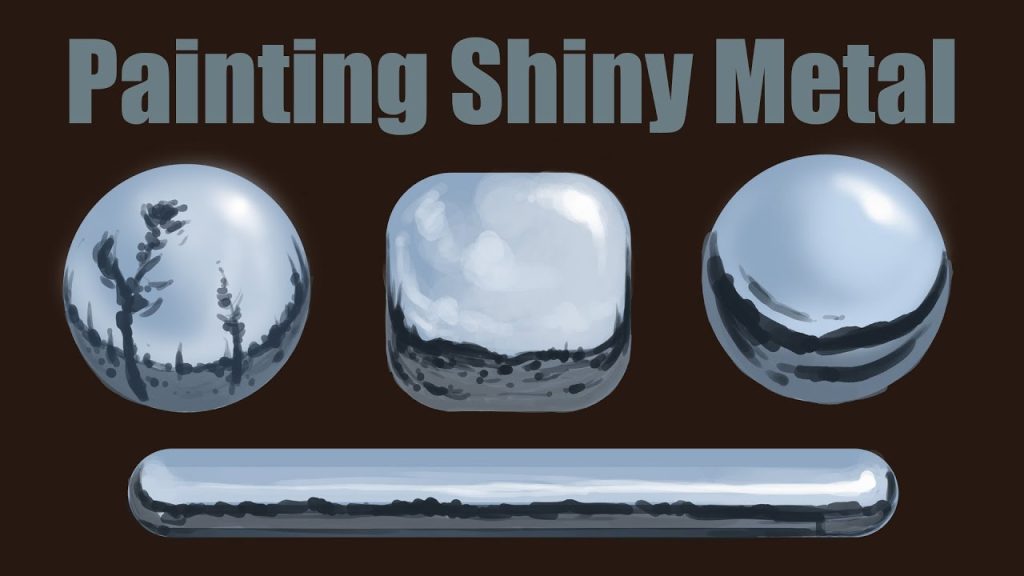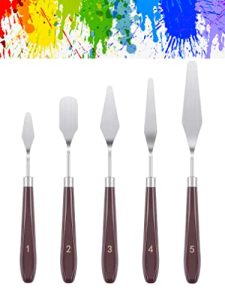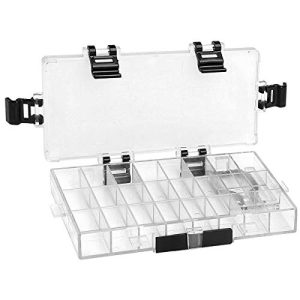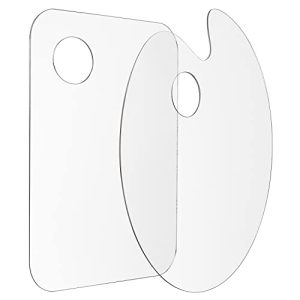Painting metal surfaces can seem tricky. But it’s quite simple if you follow the right steps. This guide will help you paint metal surfaces perfectly.
Why Paint Metal Surfaces?
Painting metal has many benefits. It protects the metal from rust and corrosion. It also makes the metal look nice and new.
Materials Needed
Before you start, gather these materials:
- Sandpaper
- Wire brush
- Primer for metal
- Paint for metal
- Paintbrush or spray can
- Drop cloth or newspaper
- Gloves
- Mask
Step-by-Step Guide to Painting Metal Surfaces
Follow these steps for a smooth and perfect finish.
Step 1: Prepare The Area
Spread a drop cloth or newspaper on the ground. This will catch any drips or spills. Make sure the area is well-ventilated. Open windows or use a fan.
Step 2: Clean The Metal Surface
Clean the metal surface with soap and water. Remove dirt, grease, and grime. Dry the surface with a clean cloth.
Step 3: Remove Old Paint And Rust
Use sandpaper or a wire brush to remove old paint. Sand the surface until it’s smooth. Remove any rust with the wire brush. Rust can prevent paint from sticking.
Step 4: Apply Primer
Primer helps the paint stick better. Choose a primer made for metal. Apply a thin, even coat of primer. Let it dry completely before moving to the next step.
Step 5: Apply Paint
Choose a paint made for metal surfaces. You can use a paintbrush or a spray can. Apply the paint in thin, even coats. Let each coat dry before applying the next one.
Step 6: Let The Paint Dry
Allow the paint to dry completely. This may take several hours. Check the paint can for drying times.
Step 7: Apply A Second Coat (if Needed)
Check the surface after the first coat dries. If it looks good, you’re done. If it needs more coverage, apply a second coat. Let it dry completely.
Tips for a Perfect Finish
Here are some tips to make your paint job look great:
- Always work in a well-ventilated area.
- Wear gloves and a mask to protect yourself.
- Use long, even strokes when painting.
- Don’t rush. Let each coat dry fully.
- Check for drips and smooth them out right away.

Credit: www.angi.com
Common Mistakes to Avoid
Here are some common mistakes and how to avoid them:
- Skipping Primer: Always use primer for better adhesion.
- Applying Thick Coats: Thin coats dry better and look smoother.
- Painting Over Rust: Remove all rust before painting.
- Rushing the Job: Take your time for the best results.
Frequently Asked Questions
| Question | Answer |
|---|---|
| Can I paint metal without primer? | Primer helps paint stick better. It’s best to use it. |
| How long does metal paint last? | Good quality paint can last several years if applied properly. |
| Can I use any paint on metal? | No, use paint made specifically for metal surfaces. |
| How do I clean painted metal? | Use a soft cloth and mild soap. Avoid harsh chemicals. |

Credit: www.wikihow.com
Frequently Asked Questions
How Do You Prepare Metal For Painting?
Clean the surface, remove rust, and apply a primer to ensure proper paint adhesion.
What Type Of Paint Is Best For Metal?
Use acrylic or oil-based paints specifically designed for metal surfaces for long-lasting results.
Can You Paint Over Rusted Metal?
Remove rust completely using a wire brush or sandpaper before painting to avoid peeling and flaking.
How Many Coats Of Paint Are Needed?
Apply at least two coats of paint for even coverage and durability on metal surfaces.
Conclusion
Painting metal surfaces is easy if you follow these steps. Prepare the area, clean the surface, and remove rust. Apply primer and paint in thin coats. Let each coat dry fully. With patience and care, your metal surfaces will look amazing.




